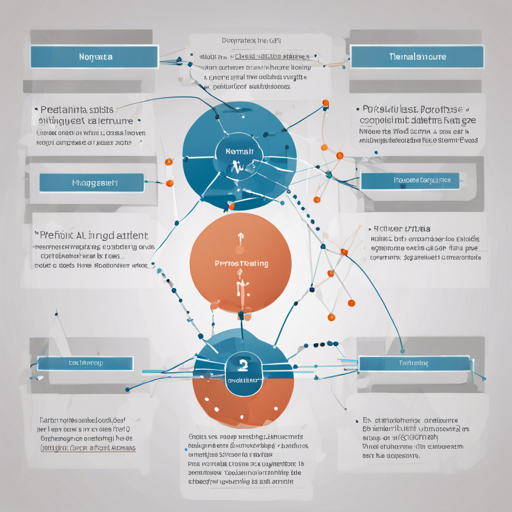If you’re diving into the world of Natural Language Processing (NLP) and want to explore how to pretrain the powerful RoBERTa model on smaller datasets, you’ve landed in the right place! In this article, we’ll take you through the process, including the essential components, hyperparameters, and troubleshooting tips to make your journey smooth. So let’s get started!
Understanding RoBERTa Basics
RoBERTa, short for Robustly optimized BERT approach, is a derivative of BERT that improves on its training methodology. It is known for its effectiveness in various NLP tasks. The primary focus here is on pretraining RoBERTa using smaller datasets, ranging from 1M to 1B tokens.
Pretraining Process Overview
Pretraining RoBERTa involves several steps that can be likened to preparing a meal. Just as a chef carefully selects fresh ingredients, we meticulously choose hyperparameters and datasets to create our robust model.
- Ingredients: Your base ingredients (datasets) are the English Wikipedia and BookCorpus texts from Smashwords, combined in a 3:1 ratio.
- Cooking Time: Similar to time spent on preparing a dish, we spend time at different scales of training (1M, 10M, 100M, and 1B tokens).
- Recipe Variation: Just like a chef experiments with different seasoning, we run several model versions to find the best one with the lowest perplexity.
Key Hyperparameters and Their Importance
The following table showcases the hyperparameters and validation perplexities for each model. These are crucial for our training success!
Model Name Training Size Model Size Max Steps Batch Size Validation Perplexity
-----------------------------------------------------------------------------------
[roberta-base-1B-1][link-roberta-base-1B-1] 1B BASE 100K 512 3.93
[roberta-base-1B-2][link-roberta-base-1B-2] 1B BASE 31K 1024 4.25
[roberta-base-1B-3][link-roberta-base-1B-3] 1B BASE 31K 4096 3.84
[roberta-base-100M-1][link-roberta-base-100M-1] 100M BASE 100K 512 4.99
[roberta-base-100M-2][link-roberta-base-100M-2] 100M BASE 31K 1024 4.61
[roberta-base-100M-3][link-roberta-base-100M-3] 100M BASE 31K 512 5.02
[roberta-base-10M-1][link-roberta-base-10M-1] 10M BASE 10K 1024 11.31
[roberta-base-10M-2][link-roberta-base-10M-2] 10M BASE 10K 512 10.78
[roberta-base-10M-3][link-roberta-base-10M-3] 10M BASE 31K 512 11.58
[roberta-med-small-1M-1][link-roberta-med-small-1M-1] 1M MED-SMALL 100K 512 153.38
[roberta-med-small-1M-2][link-roberta-med-small-1M-2] 1M MED-SMALL 10K 512 134.18
[roberta-med-small-1M-3][link-roberta-med-small-1M-3] 1M MED-SMALL 31K 512 139.39
Hyperparameters Explained
These parameters are akin to the detailed instructions in a recipe:
- L: Number of Layers
- AH: Attention Heads
- HS: Hidden Size
- FFN: Feedforward Network Dimension
- P: Number of Parameters
Troubleshooting Tips
Even the best chefs face challenges in the kitchen. Here are some common issues you might encounter when pretraining RoBERTa and how to resolve them:
- High Validation Perplexity: Ensure your datasets are well-prepared and evaluate your hyperparameters for optimal performance.
- Slow Training: Try reducing your batch size or increasing the number of warmup steps.
- Memory Issues: Monitor your GPU memory usage; consider using models with smaller dimensions if memory is an issue.
For more insights, updates, or to collaborate on AI development projects, stay connected with fxis.ai.
Final Thoughts
At fxis.ai, we believe that such advancements are crucial for the future of AI, as they enable more comprehensive and effective solutions. Our team is continually exploring new methodologies to push the envelope in artificial intelligence, ensuring that our clients benefit from the latest technological innovations.

